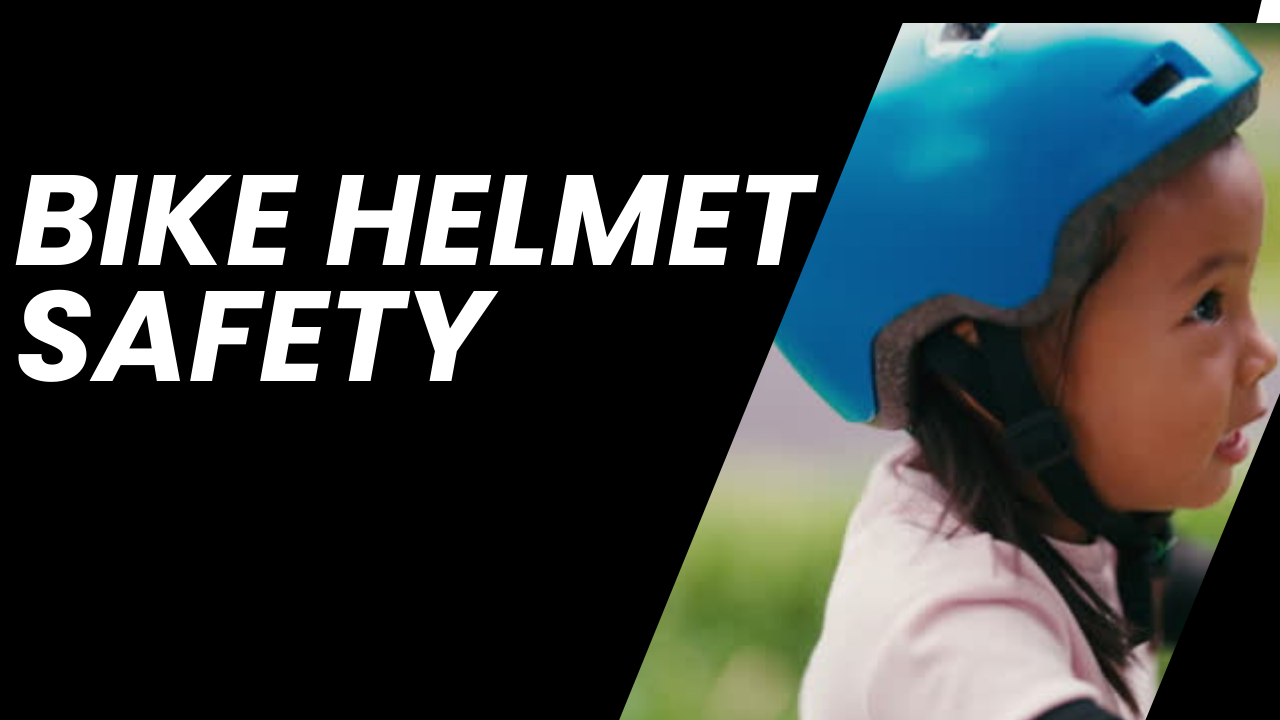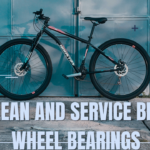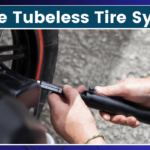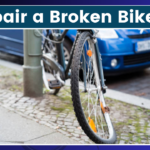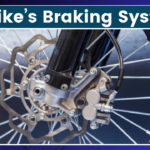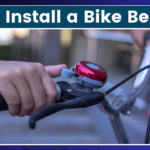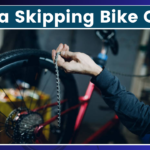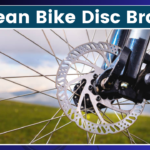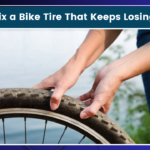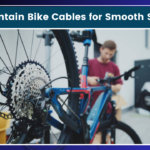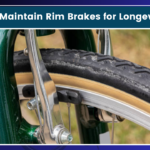As I strap on my helmet and hop on my bike for my evening ride, I can’t help but think about how this simple piece of gear has become such an essential part of my cycling routine. It’s funny how something that used to feel like a hassle has now become second nature. But trust me, it wasn’t always this way.
I remember the days when I’d scoff at the idea of wearing a helmet. “It’ll mess up my hair,” I’d think, or “I’m just going for a quick ride around the block.” But after a close call with a distracted driver a few years back, I realized that my noggin is far more precious than my vanity or convenience.
So, let’s dive into the world of bike helmet safety and explore why it’s crucial, how to choose the right helmet, and some tips to make sure you’re getting the most protection possible.
Why Wear a Helmet?
I know, I know. You’ve probably heard this a million times, but it bears repeating: helmets save lives. Period. According to the Insurance Institute for Highway Safety, helmet use has been estimated to reduce the odds of head injury by 50 percent, and the odds of head, face, or neck injury by 33 percent.
Think about it this way: your brain is the command center for your entire body. It’s responsible for everything from your ability to breathe and move to your capacity for complex thought and emotion. And unlike other parts of your body, it can’t regenerate if it’s damaged. So why wouldn’t you want to protect it?
I remember chatting with a neurosurgeon friend of mine over dinner last month. He told me horror stories of cyclists who came into the ER with preventable head injuries. “The difference between wearing a helmet and not wearing one can be the difference between walking out of the hospital and… well, not,” he said gravely. It was a sobering reminder of just how important this simple safety measure can be.
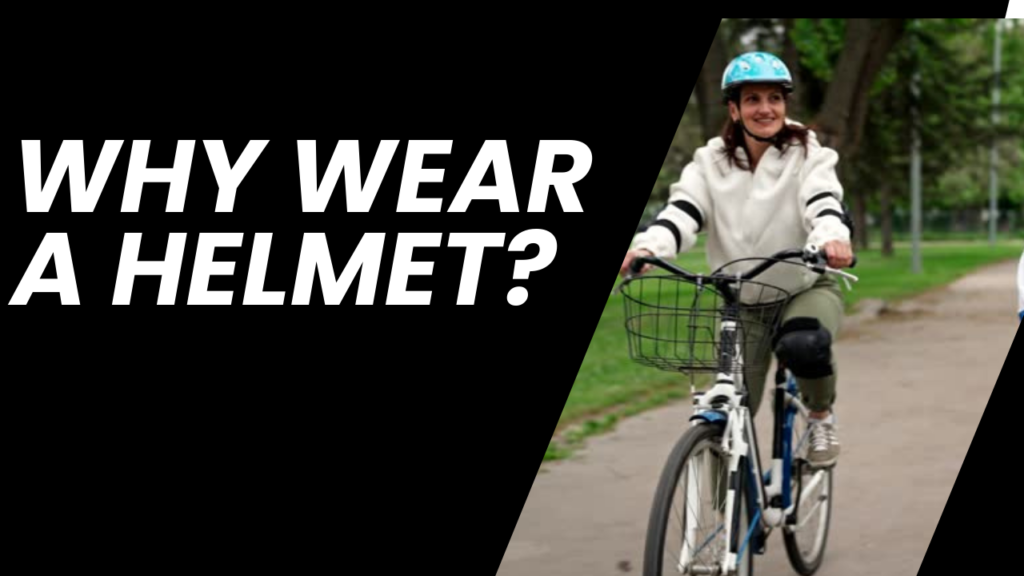
Choosing the Right Helmet
Alright, so you’re convinced that wearing a helmet is a good idea. Great! But not all helmets are created equal. Here’s what to look for when you’re shopping for your brain’s new best friend:
Proper Fit: A helmet should fit snugly on your head without being uncomfortable. When you shake your head, the helmet shouldn’t move around. I learned this the hard way when I bought a helmet online without trying it on first. Let’s just say it looked more like a bobblehead than protective gear.
Certification: Look for helmets that meet safety standards set by organizations like the Consumer Product Safety Commission (CPSC) or the American Society for Testing and Materials (ASTM). These certifications ensure that the helmet has passed rigorous safety tests.
Visibility: If you’re riding in low-light conditions (and let’s face it, sometimes our rides go longer than planned), choose a helmet with reflective elements or bright colors to increase your visibility to drivers.
Ventilation: Trust me, a well-ventilated helmet can make a world of difference, especially on those sweltering summer rides. Look for helmets with multiple vents to keep your head cool.
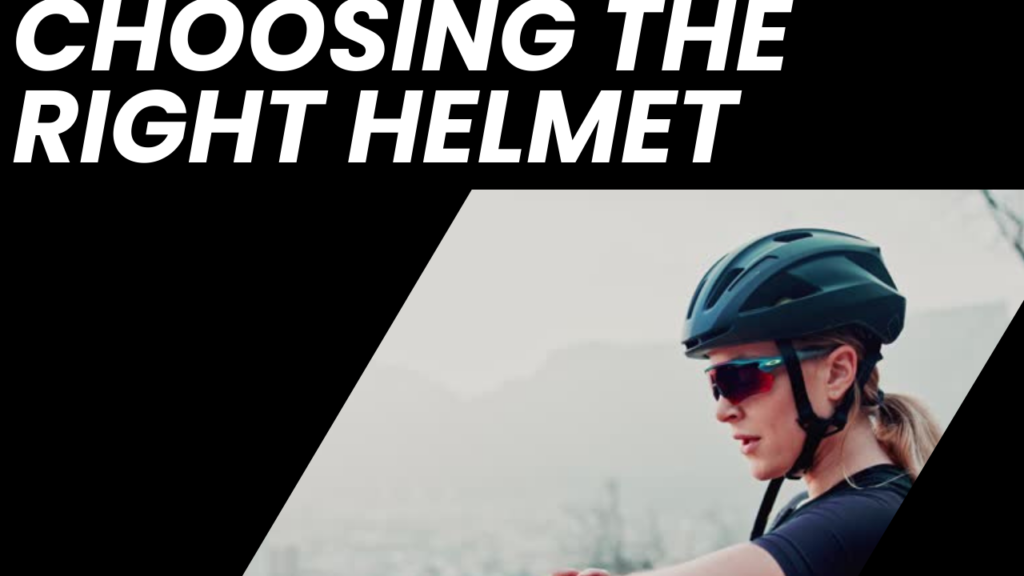
Coverage: The helmet should cover the top and sides of your head, extending low on the forehead. Remember, you want to protect as much of your brain as possible.
Comfort Features: Some helmets come with additional comfort features like adjustable straps, padding, or even built-in visors. While these aren’t necessary for safety, they can make wearing a helmet more enjoyable.
When I was shopping for my current helmet, I must have tried on at least a dozen before finding “the one.” It was like Goldilocks and the Three Bears – this one was too tight, that one too loose, until finally, I found one that was just right. Don’t be afraid to take your time and find a helmet that feels good. After all, you’re more likely to wear it if it’s comfortable.
Proper Helmet Use
Okay, so you’ve got your shiny new helmet. But wearing it isn’t enough – you need to wear it correctly. Here are some tips to ensure you’re getting the most protection possible:
Position: The helmet should sit level on your head, not tilted back. The front edge should be about two finger widths above your eyebrows.
Side Straps: Adjust the side straps so they form a “V” shape under and slightly in front of your ears.
Chin Strap: The chin strap should be snug but not uncomfortable. You should be able to fit no more than one or two fingers between the strap and your chin.
The “Eyes, Ears, Mouth” Test: When properly adjusted, you should be able to see the front rim of your helmet when you look up (Eyes), the straps should form a “V” under your ears (Ears), and the buckle should be centered under your chin (Mouth).
I’ll admit, that getting all these adjustments right can be a bit fiddly at first. When I first started wearing a helmet regularly, I’d spend a good five minutes adjusting and readjusting before each ride. But now, it’s become such a habit that I can do it without even thinking.
Helmet Maintenance and Replacement
Just like how I need to replace my running shoes after a certain number of miles, helmets also have a lifespan. Here’s what you need to know about keeping your helmet in top shape:
Regular Inspections: Before each ride, give your helmet a quick once-over. Look for any cracks, dents, or other signs of damage.
Cleaning: Clean your helmet regularly with mild soap and water. Avoid harsh chemicals that could degrade the materials.
Proper Storage: Store your helmet in a cool, dry place away from direct sunlight. Extreme heat can damage the foam liner.
Replace After Impact: If you’ve been in a crash or your helmet has taken a significant impact, replace it immediately, even if there’s no visible damage. The internal structure could be compromised.

Age Limit: Even if your helmet hasn’t been in a crash, it’s generally recommended to replace it every 3-5 years. The materials can degrade over time, reducing their protective capabilities.
I learned this lesson the hard way when I took a spill on a trail ride last summer. My helmet did its job and protected my head, but I made the mistake of continuing to use it for a few more rides. It wasn’t until a more experienced cycling buddy pointed out the barely visible crack that I realized how foolish I’d been. Needless to say, I went straight to the bike shop for a replacement.
Overcoming Helmet Hesitation
Look, I get it. Maybe you’re still on the fence about wearing a helmet. Maybe you think it looks dorky, or you’re worried about helmet hair, or you just can’t be bothered. Trust me, I’ve been there. But let me share a few strategies that helped me overcome my helmet hesitation:
Start Small: If you’re not used to wearing a helmet, start with short rides around your neighborhood. As you get more comfortable, you can gradually increase your ride length and complexity.
Make it a Non-Negotiable: Treat your helmet like you treat your seatbelt in a car. You wouldn’t drive without buckling up, right? Apply the same logic to your bike rides.
Find a Style You Like: Helmet designs have come a long way. There are now options that look sleek and stylish, so you can protect your head without sacrificing your aesthetic.
Remember the Stakes: Whenever I’m tempted to skip the helmet, I remind myself of what’s at stake. A little inconvenience is a small price to pay for potentially saving my life.
Be a Role Model: If you have kids or ride with less experienced cyclists, wearing a helmet sets a good example. Plus, it’s harder to argue with your kids about wearing their helmets if you’re consistently wearing yours.
The Future of Helmet Technology
As I wrap up this article (and get ready to head out for a quick evening ride), I can’t help but get excited about the future of helmet technology. Innovations like MIPS (Multi-directional Impact Protection System) are already making helmets more effective at preventing concussions. There are even “smart” helmets in development that can detect crashes and automatically call for help.
Who knows? Maybe in a few years, we’ll have helmets that are so comfortable and effective that the idea of riding without one will seem as archaic as driving without a seatbelt.
At The End
At the end of the day, wearing a helmet is a personal choice. But it’s a choice that could save your life. As someone who’s gone from a helmet skeptic to a helmet evangelist, I can tell you that the peace of mind alone is worth it.
So the next time you’re getting ready for a ride, whether it’s a quick trip to the corner store or an epic cross-country adventure, take a moment to strap on your helmet. Your brain will thank you.
And hey, if you’re still not convinced, maybe we can grab a coffee sometime and chat more about it. I promise I won’t lecture you… much. Stay safe out there, fellow cyclists!
